If you have a Google account, it often saves you an extra step when signing up or logging into many websites or apps. That’s because the website or app is able to access certain information from your Google profile, such as your name and email address.
This eliminates the need for you to manually enter that information when creating a new account or logging in to an existing one. It’s also the very reason you may find yourself getting a warning from Google telling you to change your password. Here’s why.
Table of Contents:
How will Google alert you that you need to change your password?
Google will get in touch with you about changing your password through various means of communication, such as email or text message. The search giant may also prompt you to change your password the next time you sign in to your account or through a notification within the Google account settings.
How do you know if the Google email or text message is even real?
To determine if an email from Google asking you to change your password is real or fake, you can look for several things:
- Check the sender’s email address to ensure it is from a legitimate Google domain such as accounts.google.com or [email protected]
- Look for spelling or grammatical errors, as these are often present in fake emails
- Look for suspicious links or attachments which may be used to steal your personal information
- Do not give personal information over email and only login to your google account by typing the url google.com to check your account
- Check Google’s official website for any security alerts or announcements regarding suspicious emails
- You can also hover over the link to see the actual URL it will take you to. If the link seems suspicious, don’t click on it
It’s important to note that Google will never ask you to provide your password via text message or email, so if the message requests your password, it is likely to be a phishing scam.
Should I be worried if Google asks me to change my password?
If you get an alert or notice from Google requesting you change your password, it means that there was “suspicious activity” with your Google account. This doesn’t always mean the worst has happened, as suspicious activity could mean logging in from a location not previously associated with the account, including you logging in to Google while on vacation.
More often than not, it can mean that someone was trying to log into your account. It doesn’t necessarily mean they were successful, as someone could have tried multiple failed password attempts. However, Google is trying to keep you a few steps ahead of the game, knowing that many Google account holders will likely use their Google login information to access multiple accounts.
If you get a request from Google to change your password, it is highly advisable to do so unless you can 100% verify the time and place that the suspicious activity was detected and it was indeed you logging in.

What if I’m constantly told to change my password?
Sometimes only a few weeks, or even days, after changing your password, you might be advised by Google to change it again. This could be a sign that your account has been compromised or that hackers are making attempts to access your accounts on Google Chrome. Should this be the case, Google recommends clearing your cache and cookies. Here’s how to do it:
On a computer:
- Open Google Chrome
- Click the three dots in the upper right-hand corner
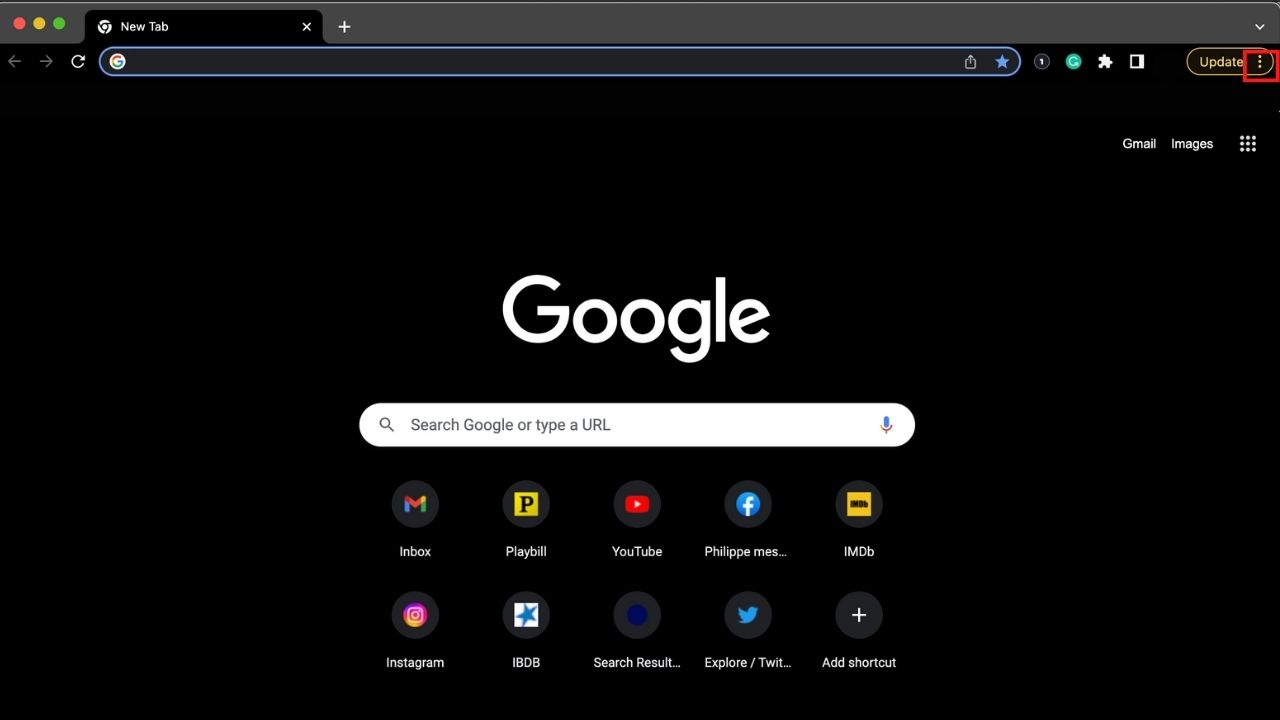
- Click More Tools
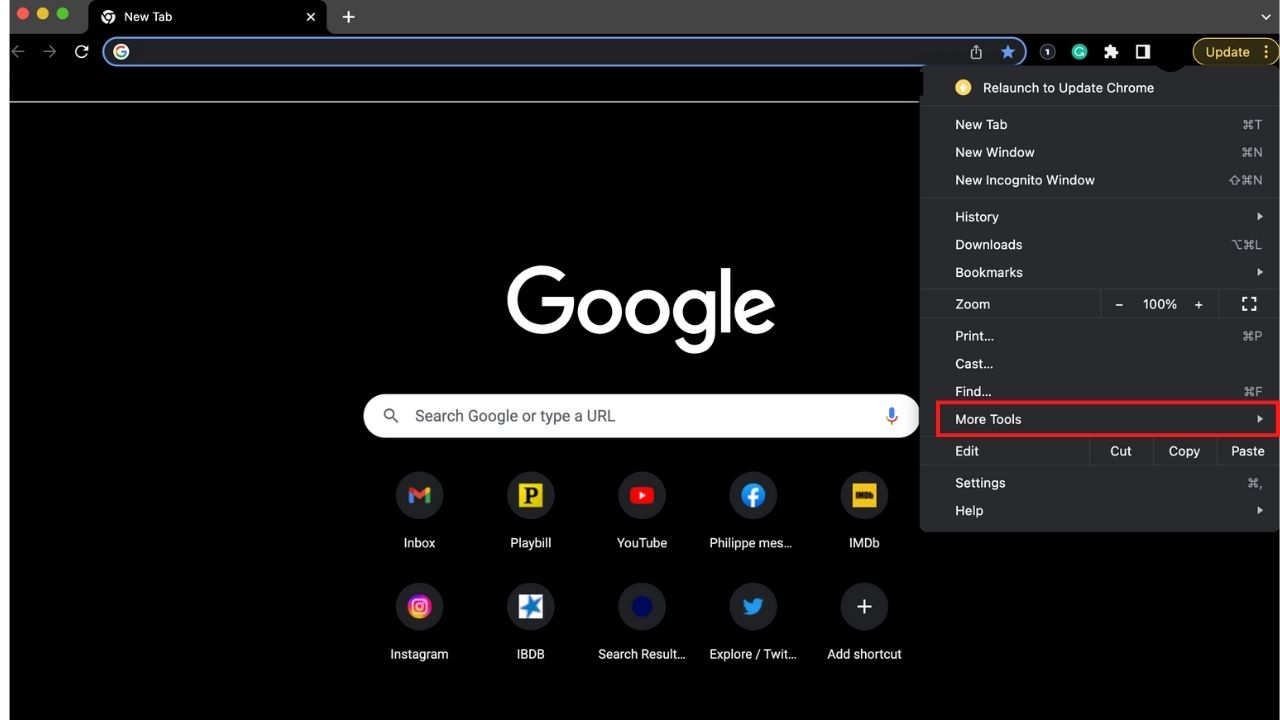
- Click Clear Browsing Data

- Once you click Clear browsing data, you will see the words Time range with a pulldown menu — choose the amount of time you want to delete
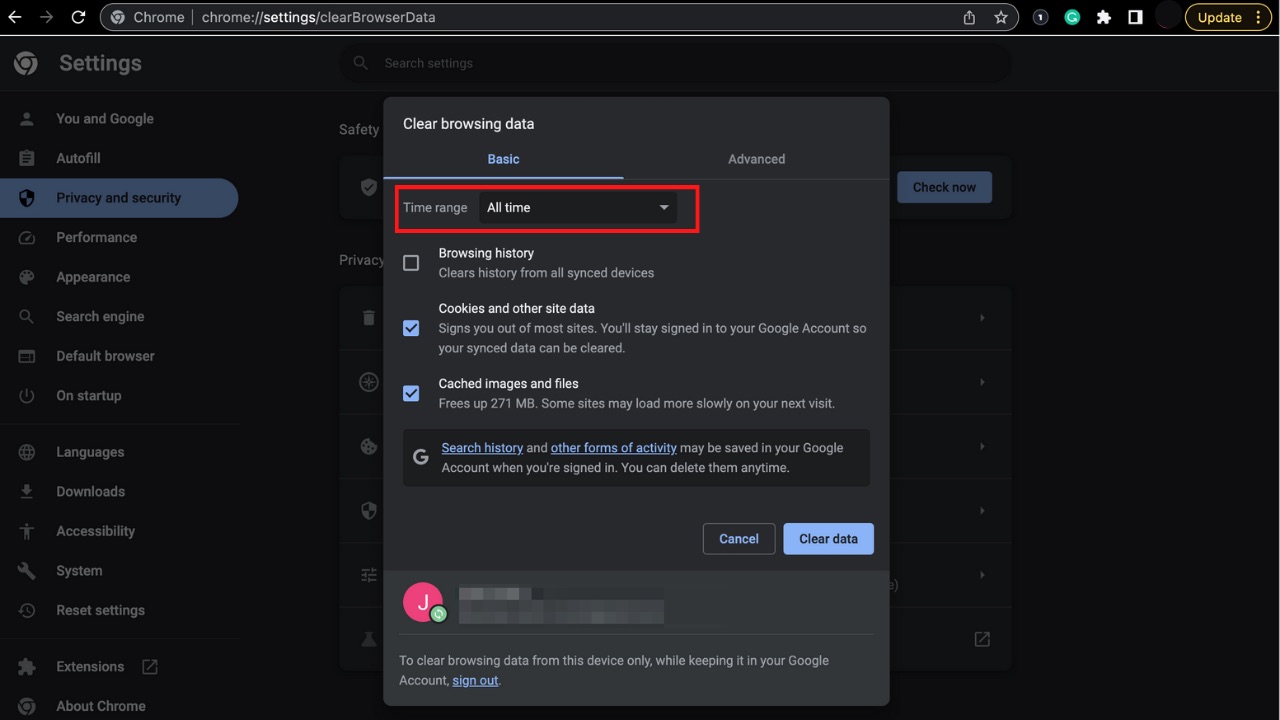
- Make sure Browsing History, Cookies and other site data, and Cached images and files are checked off
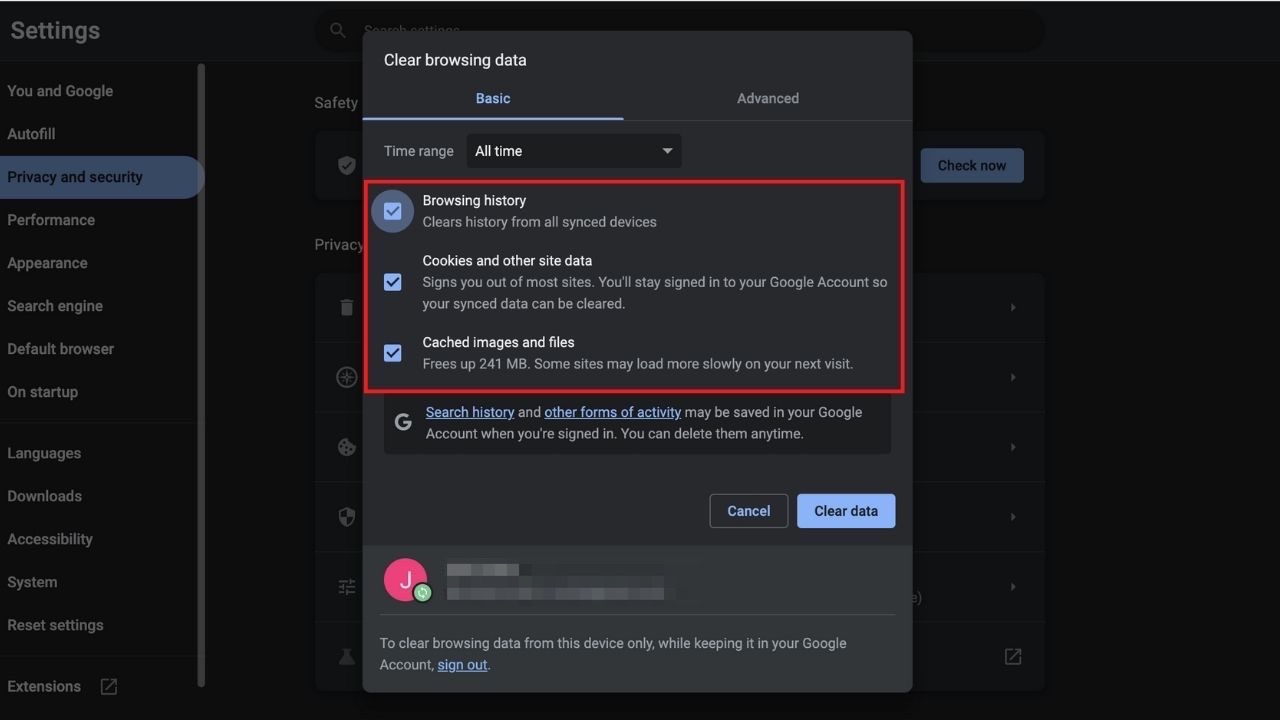
- Click click on Clear Data
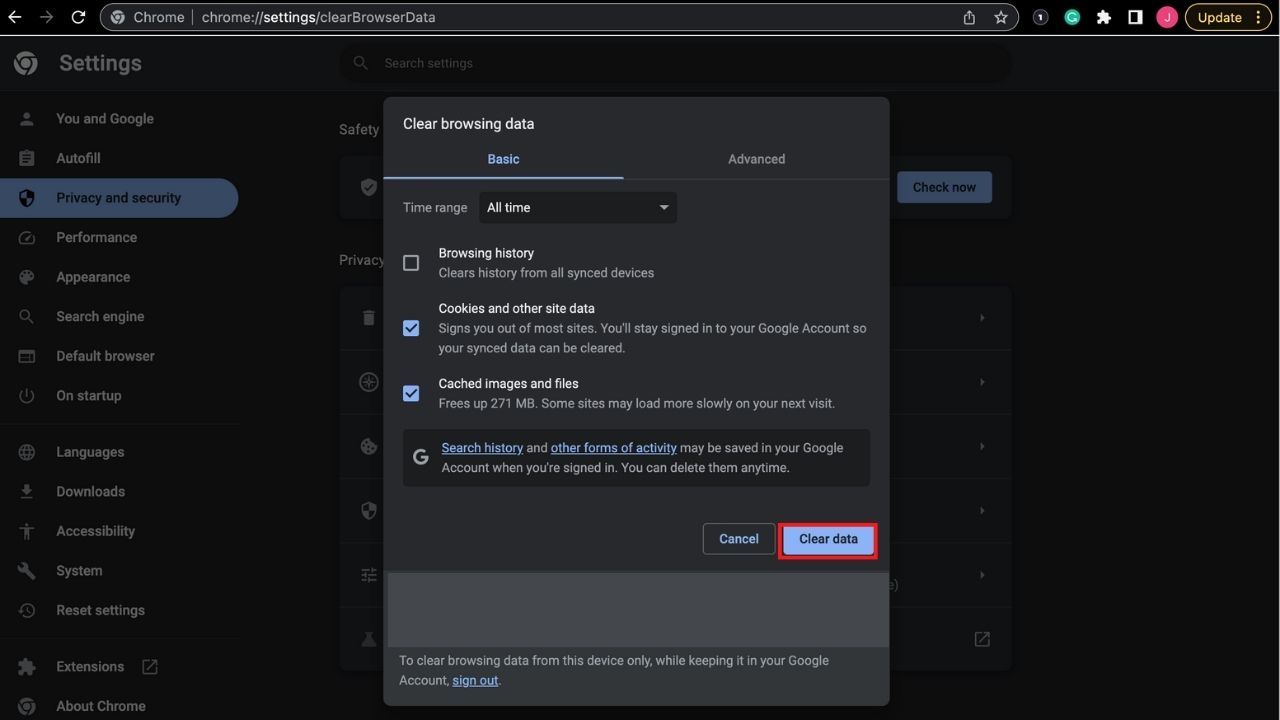
On an iPhone:
- Open the Google Chrome app
- Tap the three dots in the lower right-hand corner
- Tap Clear Browsing Data
- Tap Time Range
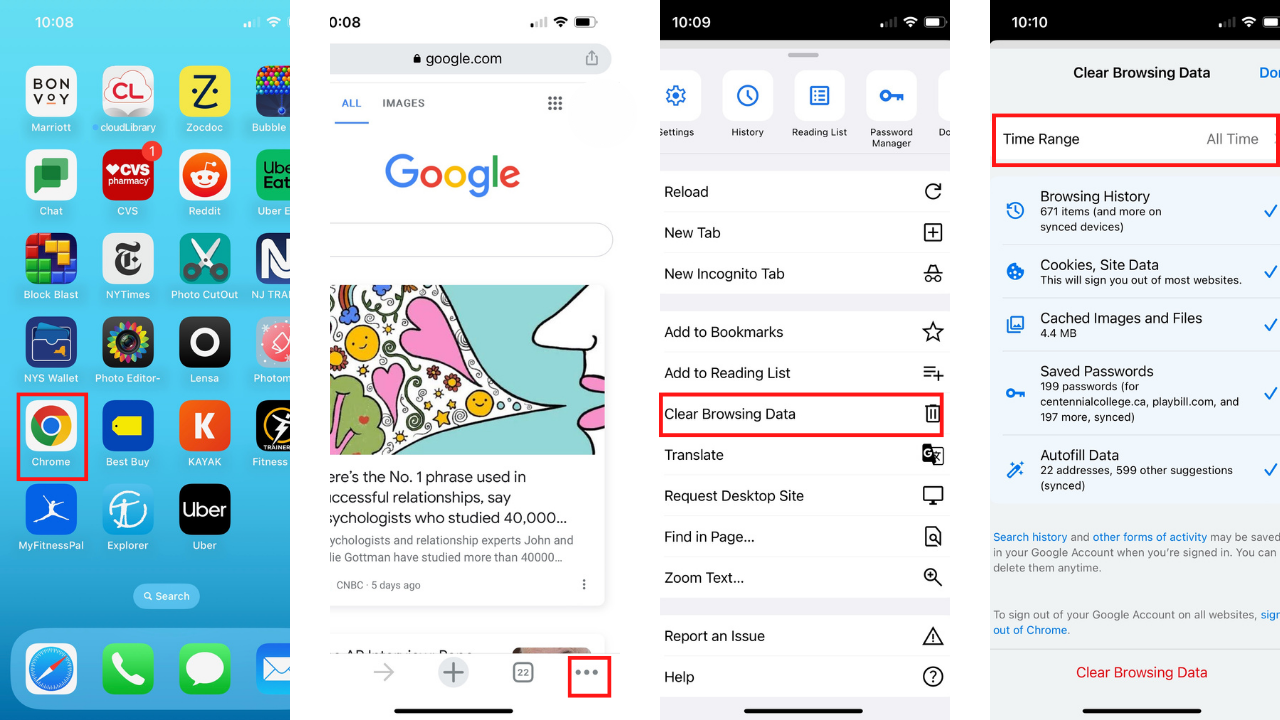
- Select the amount of time you want to delete
- Tap Back
- Make sure Browsing History, Cookies, Site Data and Cached Images and Files are checked off
- Tap Clear Browsing Data
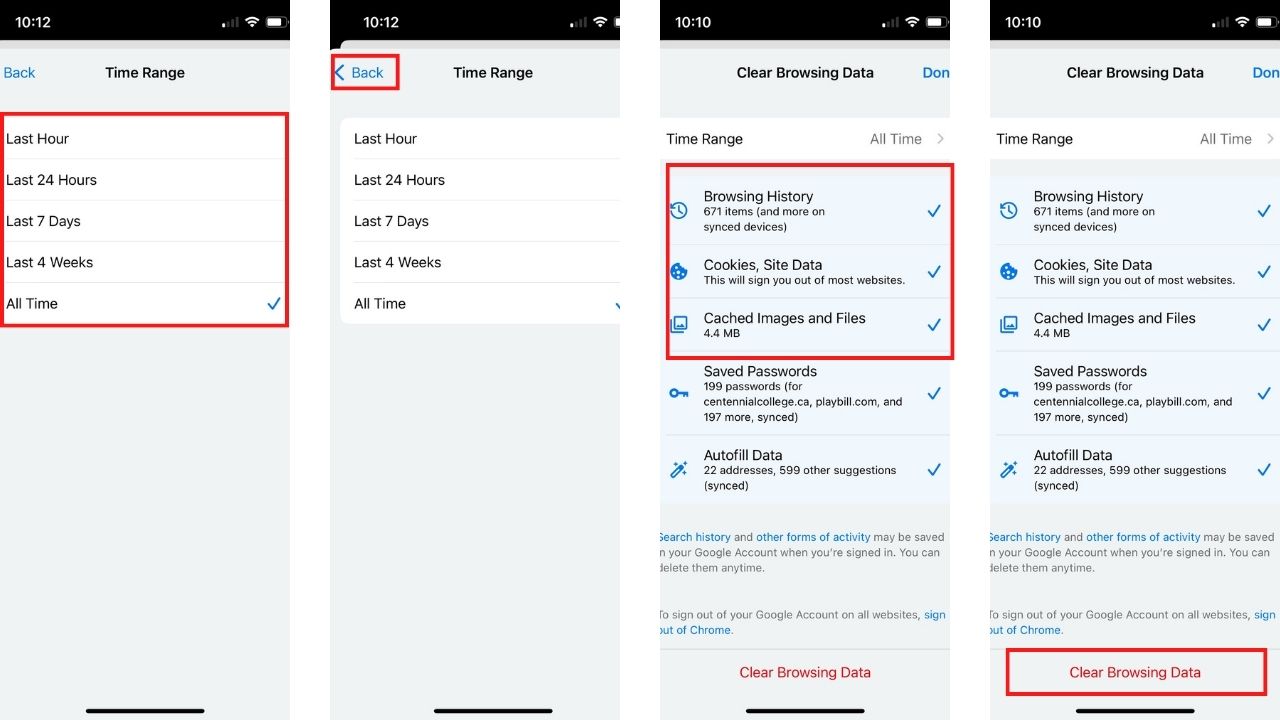
On an Android:
- Open Google Chrome
- Tap the three dots in the upper right-hand corner
- Tap Settings
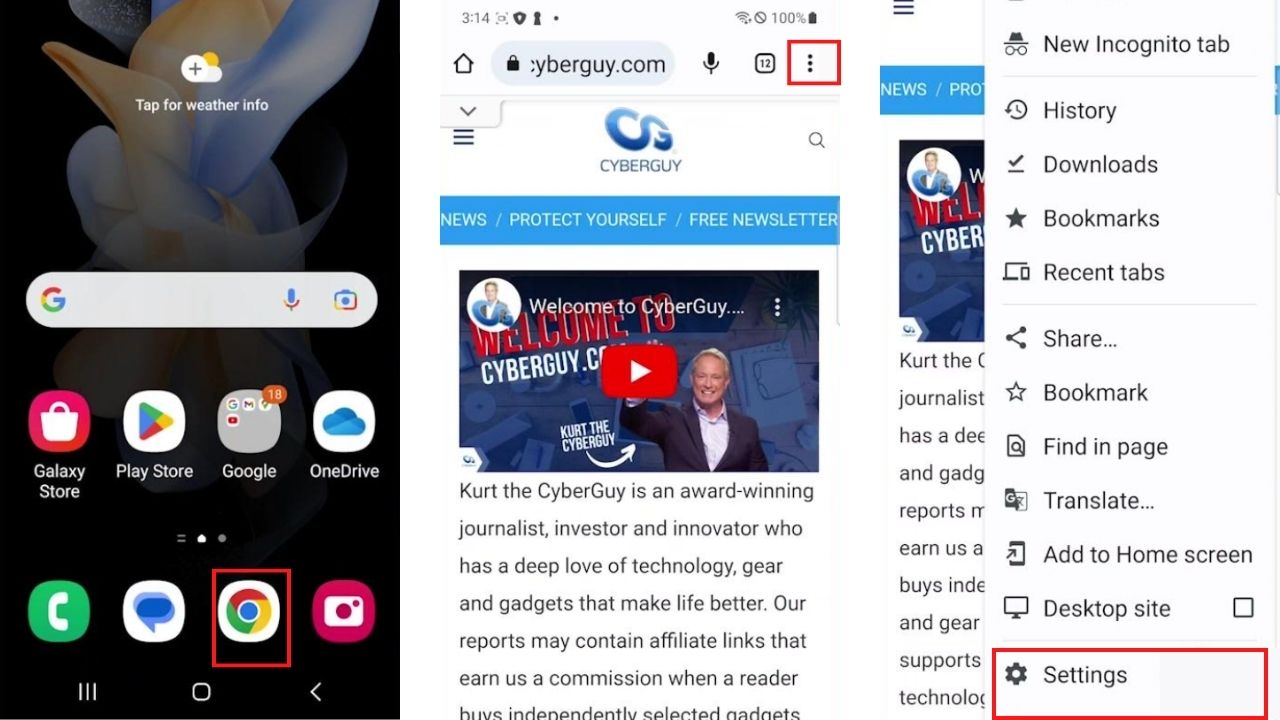
- Tap Privacy and Security
- Tap Clear Browsing Data
- Make sure Browsing history, Cookies and site data and Cached images and files are checked off
- Tap Clear data
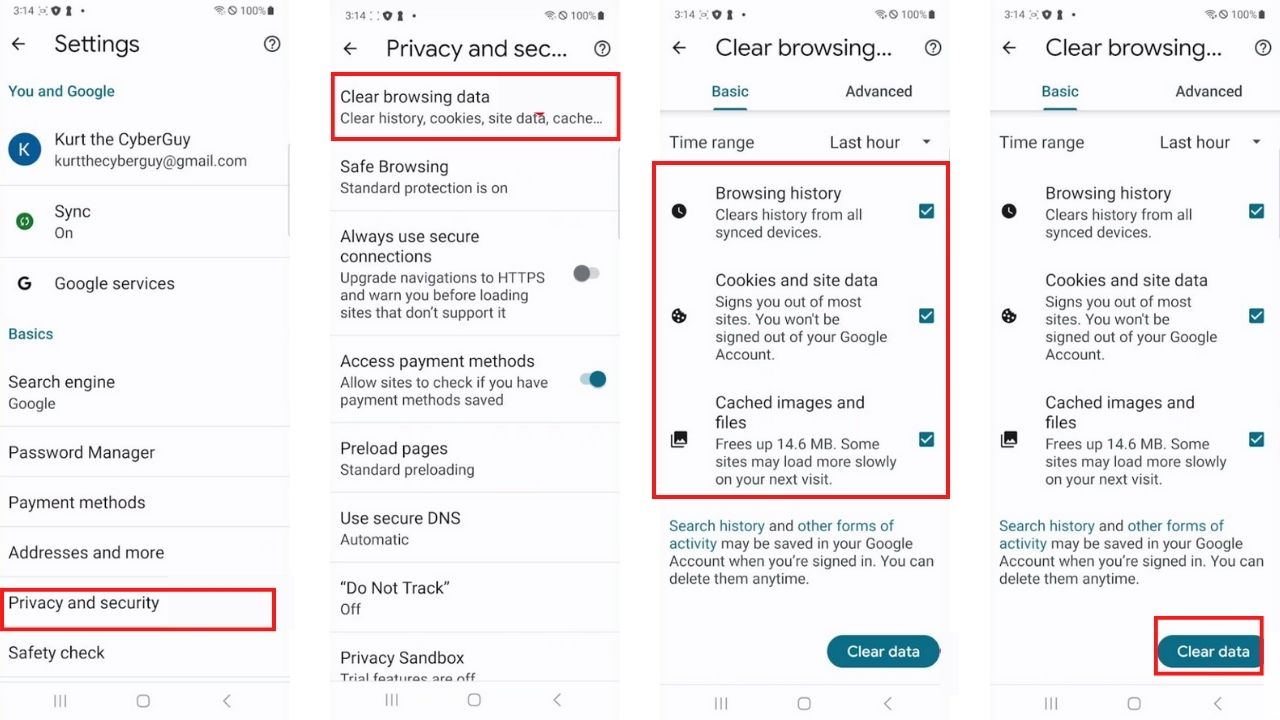
*Settings may vary depending on your Android phone’s manufacturer
How to check if your password was part of a data breach
Google Chrome also offers an easy way to determine if any of your passwords are compromised or part of a data breach. Here’s how to check:
On a computer:
- Launch Chrome
- Click the three dots in the upper right-hand corner

- Go to Settings

- Click Autofill
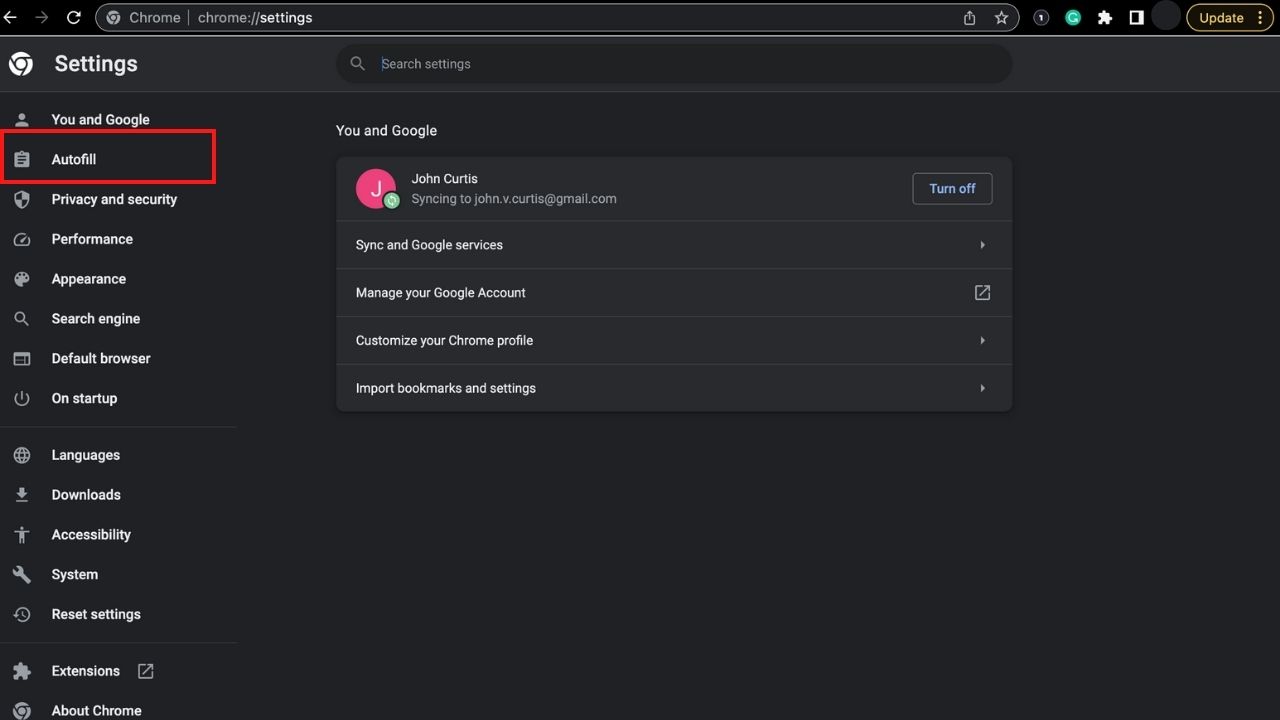
- Click Password Manager
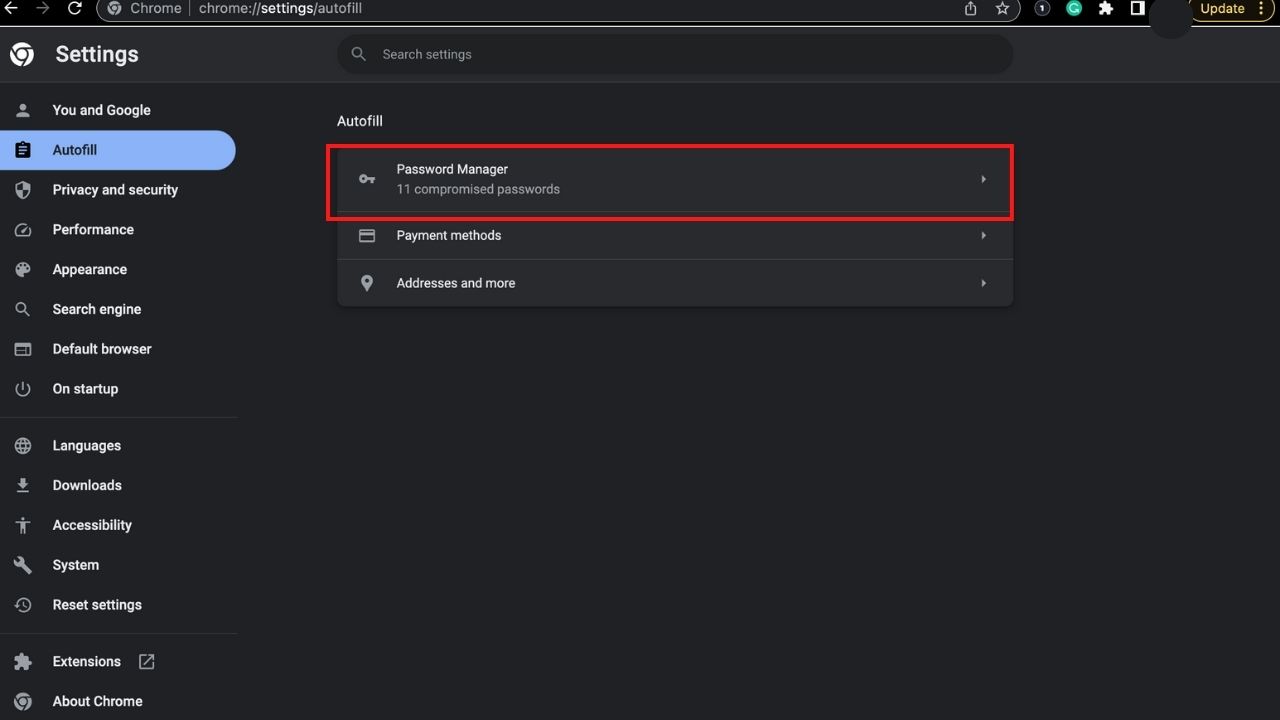
- Click Check Passwords
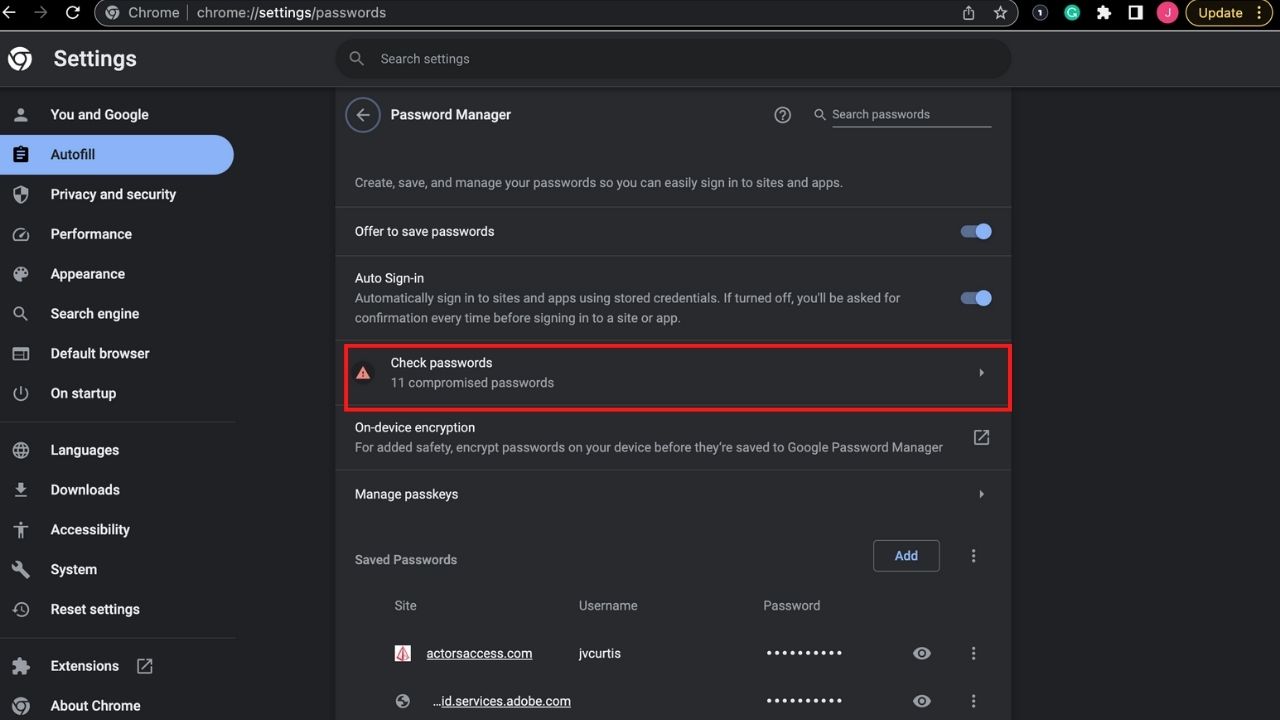
- Here, you will see a list of all your compromised passwords
- Click Change Password on the passwords you need to change
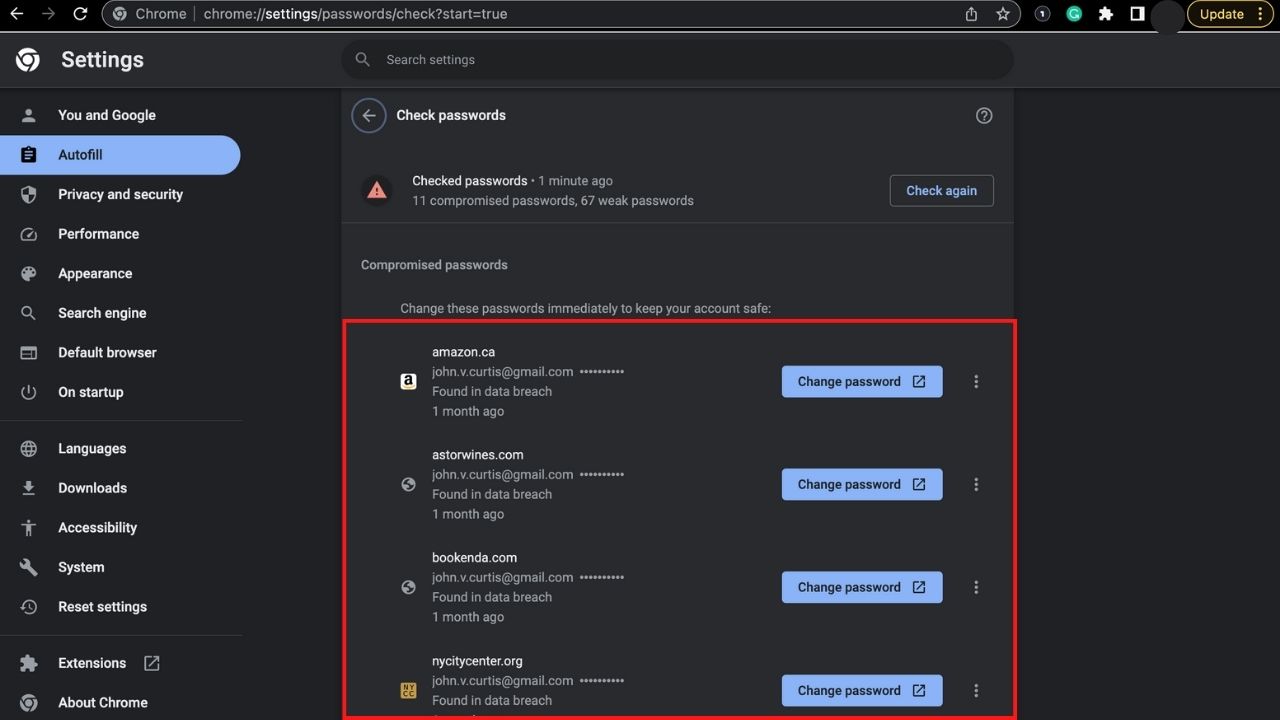
- You will then be taken to all the applicable websites to change your passwords.
On an iPhone:

- Open the Google Chrome app
- Tap the three dots in the lower right-hand corner
- Tap Password Manager

- Tap Check Passwords
- Here, you will see a list of all your compromised passwords
- Tap on the website of the password you want to change
- Tap Change Password on Website
- You will then be taken to all the applicable websites to change your passwords.
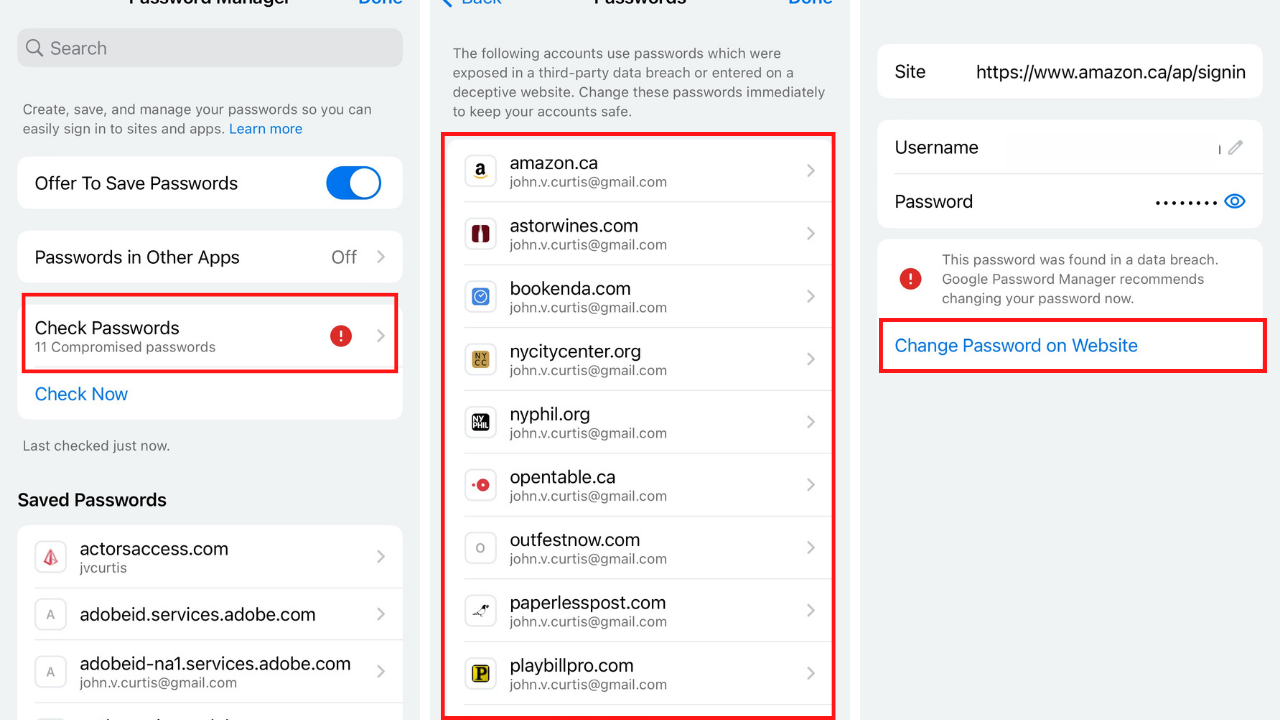
On an Android:

- Open Google Chrome
- Tap the three dots in the upper right-hand corner
- Tap Settings
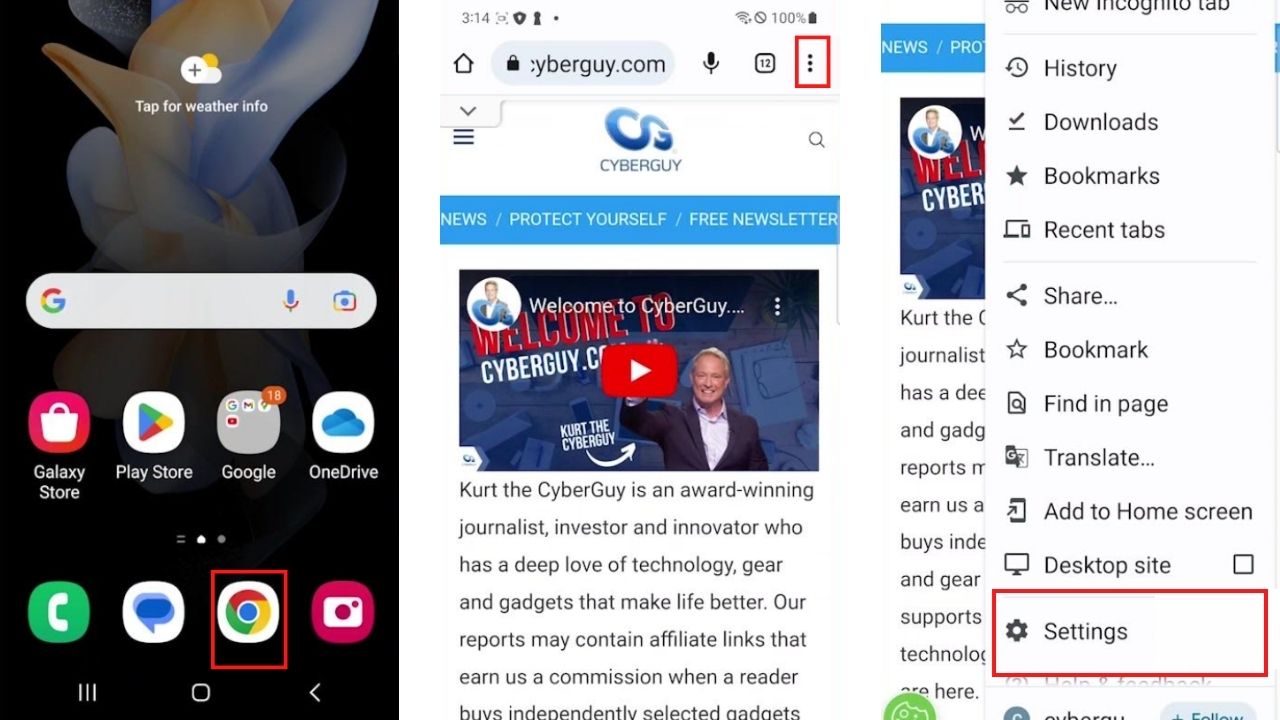
- Tap Password Manager
- Tap Check Passwords
- Here you will see if you have any compromised passwords or if your passwords are weak
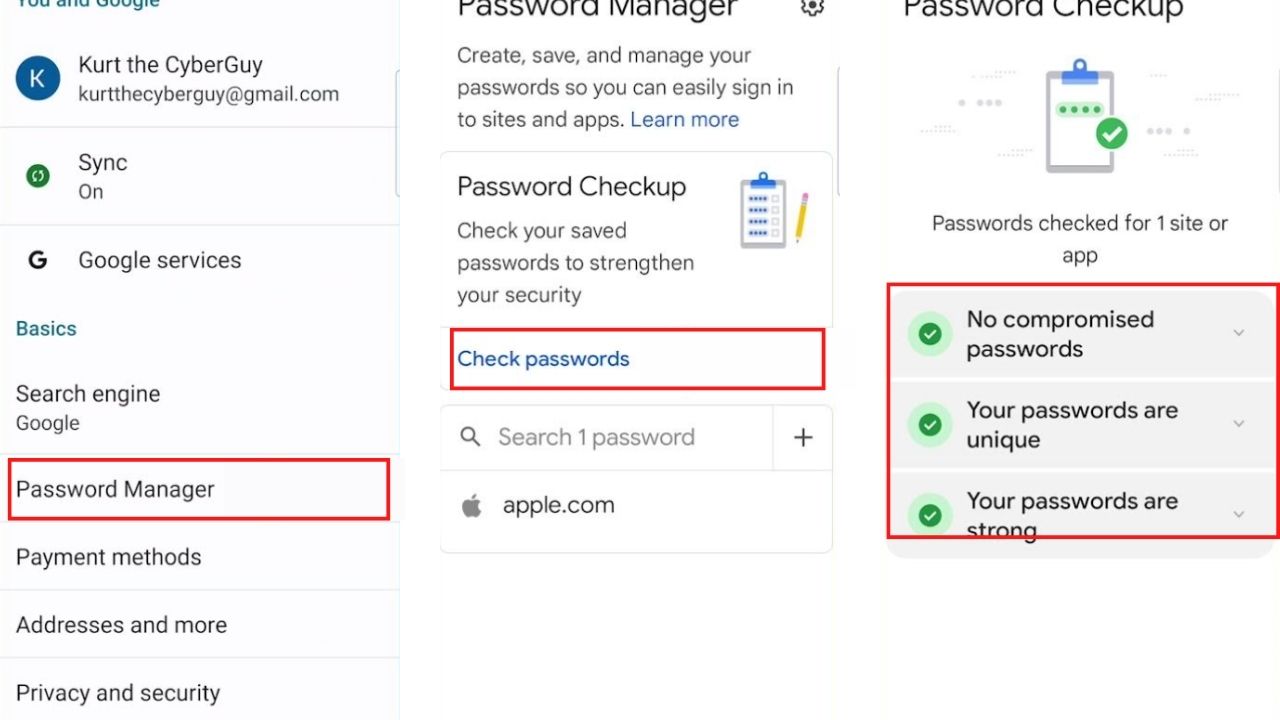
How to avoid your password becoming compromised
While it’s difficult to completely evade hackers looking to access your personal information, there are some ways to make it difficult for them.
1. Never use the same password
Tempting though it may be to use the same password for multiple websites, doing so makes it increasingly easy for hackers to access your private information, so always make sure you never use the same password for multiple sites or apps.
2. Avoid writing your passwords down
Writing down a password, either by hand or digitally, is an easy way to access and remember them. However, doing so makes it easy for someone to find and use them. Then too, should you lose the note you wrote your password down in, you’ll have to change your password again anyway.
3. Install a trusted password manager
A password manager helps you manage your passwords for all your existing online accounts by helping you create unique complex passwords synced across multiple devices without you having to constantly remember them. Most password managers also offer encrypted login and end-to-end storage, making your password inaccessible even by the password management company.
A strong password manager should do the following:
- Keeping your passwords safe in an encrypted vault
- Auto filling in your login credentials.
- Unlimited password and note storage
- Secure password generator
- Automatically syncs across all browsers and apps
- 1GB file of storage for highly sensitive information, such as license of password info
- Security dashboard score, which asses the strength of your passwords against known data breaches
- Dark web monitoring, alerting you if your password was found in a data breach
- Emergency access, allowing one-time access to another last-pass user in case of an emergency
To see my review of the Best Password Managers click here.
Related:
- Have your passwords been hacked? Likely, yes. Here’s how to check
- Say goodbye to big long passwords
- How to Keep Your Online Passwords Safe
- Secure your Google Chrome browser with this latest update
- Google issues new warning for anyone using Chrome browser


